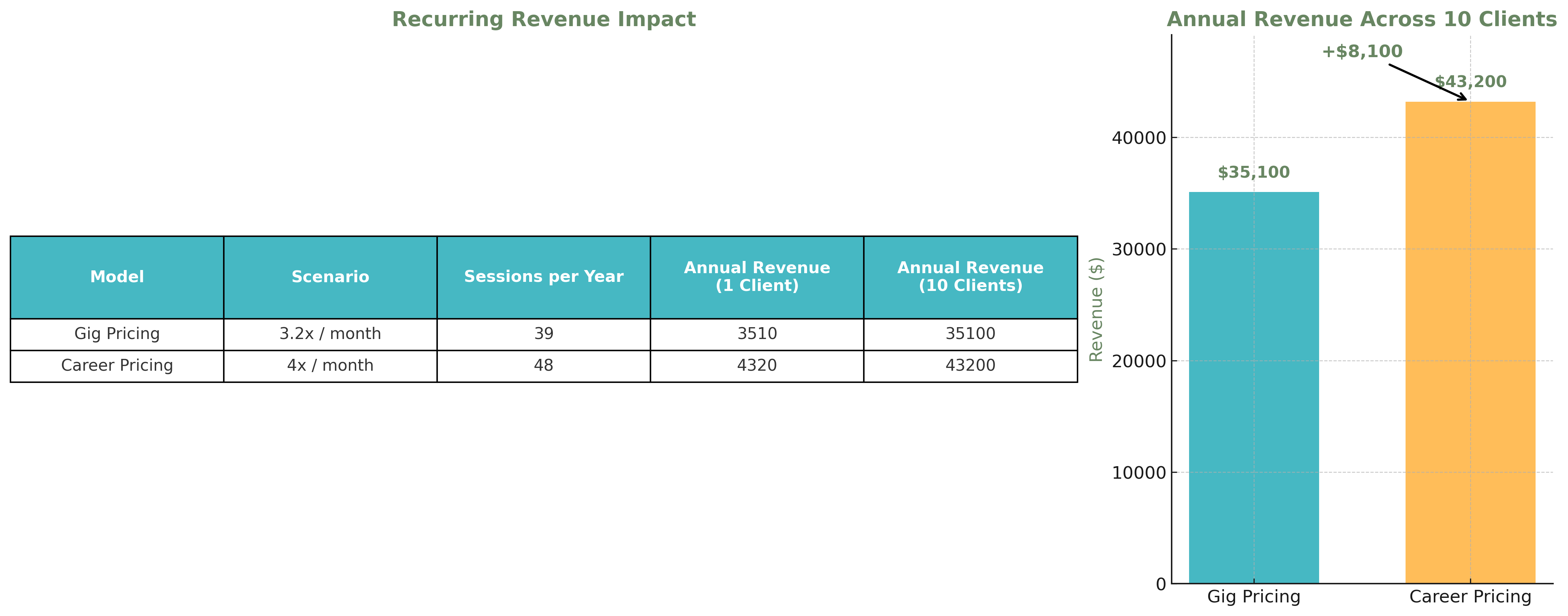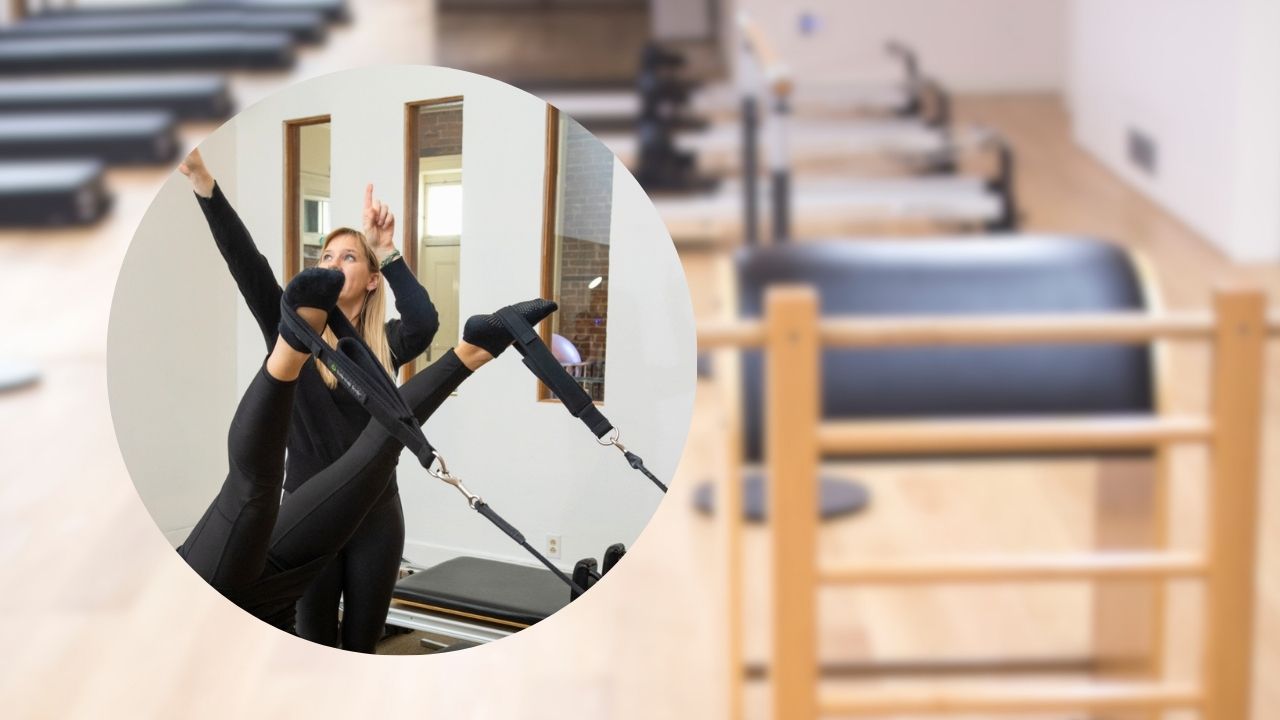by Anne C. Bishop
Labor Day was created to honor workers’ rights — to recognize that rest, dignity, and fair wages are essential to a thriving society. Yet in Pilates, the irony is stark: for years, I worked every Labor Day, Memorial Day, and Veterans Day, and sometimes on New Year’s Day, Christmas Eve Day. While friends and family relaxed, my staff and I were still teaching, still earning only when we showed up.
At first, it felt fine. Clients arrived cheerful, eager to move before their barbecues or holiday meals. But under the surface was a truth I couldn’t escape: my business model had no margin for paid time off, no cushion for holiday pay, no way to honor labor — mine or my teachers’. A holiday meant to celebrate workers instead forced us to labor with no extra money earned and no paid time off.
That’s the problem with the dollar-per-hour, a la carte model. It wasn’t designed for sustainability. It locks Pilates into a “side gig” economy, where pay stops the moment the teacher does. This isn’t about one studio or one teacher — it’s systemic. Pilates inherited a pricing model from decades ago, one that no longer fits today’s realities of running a sustainable business.
And the impact is gendered. Nearly 90% of Pilates instructors are women, and fewer than half of women in the U.S. report having retirement savings. That’s not a coincidence. When an industry dominated by women is built on side-gig pricing, it all but guarantees financial insecurity. Women in Pilates deserve better. They deserve pricing systems that allow for owners’ pay, benefits, and the ability to save for the future.
A century ago, Henry Ford doubled wages so his workers could afford the cars they built. He didn’t simply raise prices; he innovated, reframing wages as both a business necessity and a cultural statement. Pilates has the same opportunity today. We don’t need to double prices, though we must innovate our models so teachers can afford the very classes and private sessions they teach. That is the mark of a profession, not a hobby.
Here’s the distinction:
- Side gig pricing = packages, punch cards, irregular cash flow, no margin for benefits.
- Career pricing = recurring revenue models that create predictability, build in holiday pay, fund owner’s pay, and establish Pilates as a career.
The math is simple but telling. At my studio, the average client came 3.2 times a month, paying $90 per private session. Over a year, that’s about 39 visits, totaling $3,510. But if that same client attended once a week — 4 times a month — the annual revenue rose to $4,320. That’s a difference of $810 per client. Across 10 clients, it’s $8,100 a year. Over a decade, it’s $81,000 — the kind of money that builds retirement, pays staff fairly, and creates stability. Small gaps compound into systemic loss.

This is why recurring revenue matters. Without it, there’s no slack in the system. Every early cancel, every missed week chips away at sustainability. But when you guide clients into consistent, recurring models, the studio is healthier — and so are the teachers.
To truly honor labor in Pilates, we must stop pricing like a side gig and start building like a profession. That shift is how we create dignity for teachers, stability for owners, and a sustainable future for the next generation of practitioners.
If you’d like insights into whether you’re undercharging for your services, download my free Sales Calculator. It’s color-coded and will show you exactly where your pricing creates profit — and where it holds you back.
References:
- Zippia. (2025, January 8). Pilates instructor demographics and statistics in the United States. Zippia. https://www.zippia.com/pilates-instructor-jobs/demographics/
Key stat: 90.5% of Pilates instructors in the U.S. are women. - U.S. Census Bureau. (2022, January 13). Women more likely than men to have no retirement savings. United States Census Bureau. https://www.census.gov/library/stories/2022/01/women-more-likely-than-men-to-have-no-retirement-savings.html
Key stat: Among those aged 55–66, about half of women report having no personal retirement savings.
About the Author

Anne C. Bishop, Ed.M., is a longtime Pilates educator and business mentor. A Harvard-trained mind-brain educator and studio owner for over 20 years, she helps women create bodies of work that keep the integrity and nuance of their teaching while gaining more time and location freedom. Anne guides movement educators from side-gig pricing to sustainable, recurring-revenue careers in studio and/or online—so they can pay themselves well, take time off, and save for retirement.



Since the Pandemic, I moved out of Manhattan and only teach from my home in the Catskill mountains. Many of the women I had been teaching Pilates Mat in person are still taking classes with me 3 and 4 times a week virtually. When I had my own studio I always hired a substitute to teach if I went on vacation or on certain holidays. Now, I guess these students have been with me long enough, tried other programs and always return so I never hire a substitute. I just give than enough notice if I won’t be around. In fact, I am planning on a trip to Italy for 2 weeks. No one seems to be concerned.
So, I will extend their class series with a freeze for when I am away. I will get a little less income and be happy for the break and come back with gusto. That’s my advice.
Dear Peggy,
I’m thrilled you are taking a well-deserved vacation. What I’m advocating is that, with your experience and longevity in the field, you deserve a paid vacation. With the right business systems set up, you can create this. Just like Pilates is a system of exercises, business is a system too, and career Pilates teachers deserve the best of both systems.